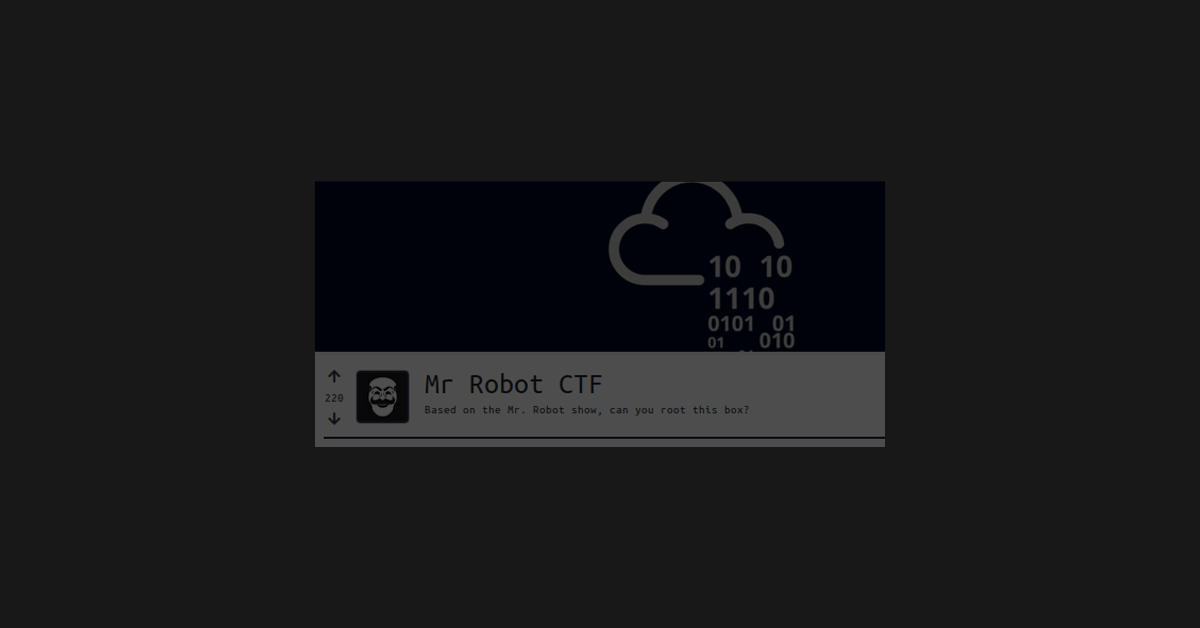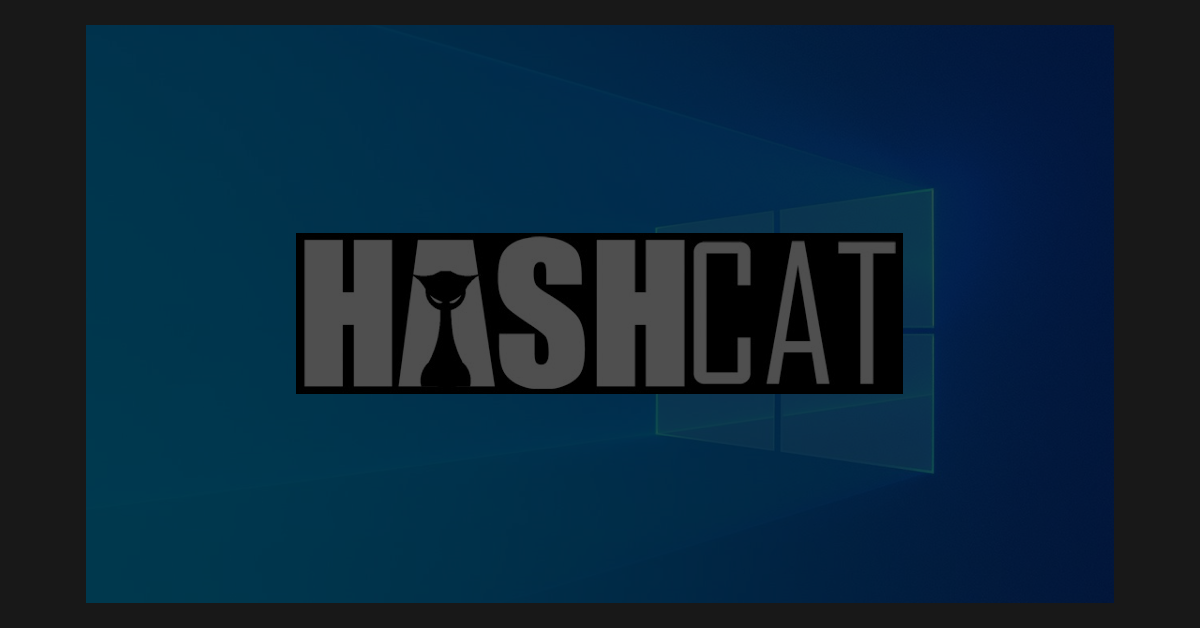HTB – Popcorn – FH: File Upload
Foot-hold: File upload via the torrent server
The Popcorn machine was fun, and played on many things that I had learned through a Udemy Course for web application testing. Specifically, changing the name of a file upload to ensure that the server trusts you.
To begin, I did the nmap scan to find only port 22 and 80 available. This machine was one that was only going to give away tricks through the web interface. I don’t go after port 22 unless I have to! So port 80 it was.
Visiting the webpage showed only some text that said that the web server was working. The source code confirmed that there was nothing interesting, and therefore a dead-end. The program ‘Dirb’ had something entirely different to say, however. I always run nmap to begin, and dirb as a follow-on. Dirb resulted in the discovery of several directories, one of which was torrent. So that was the vector for further enumeration.
Continue Reading










